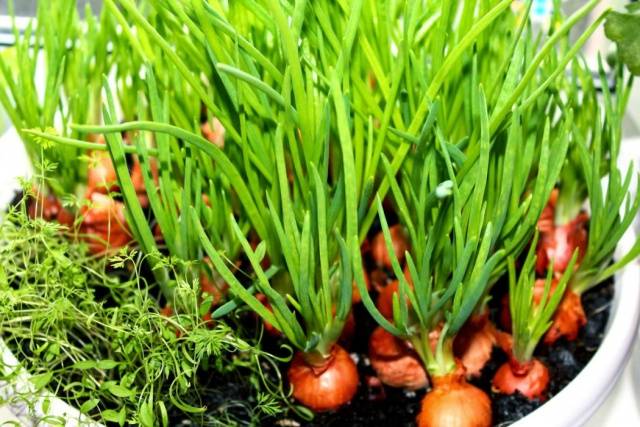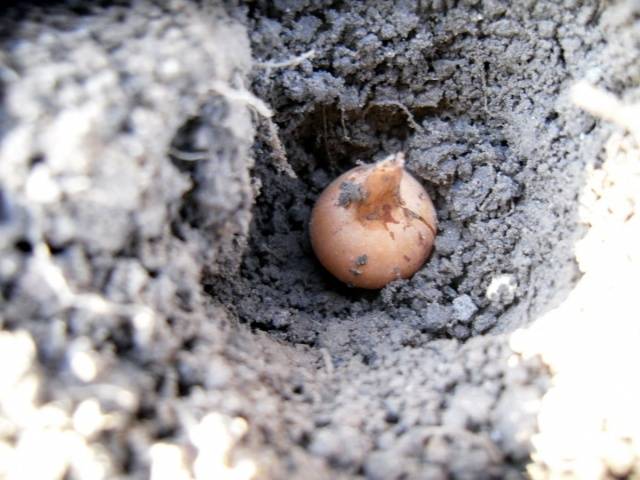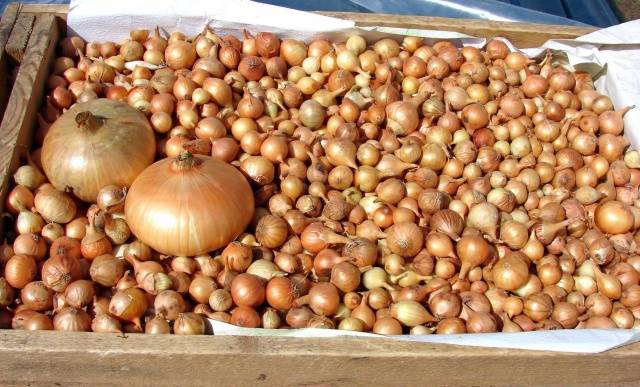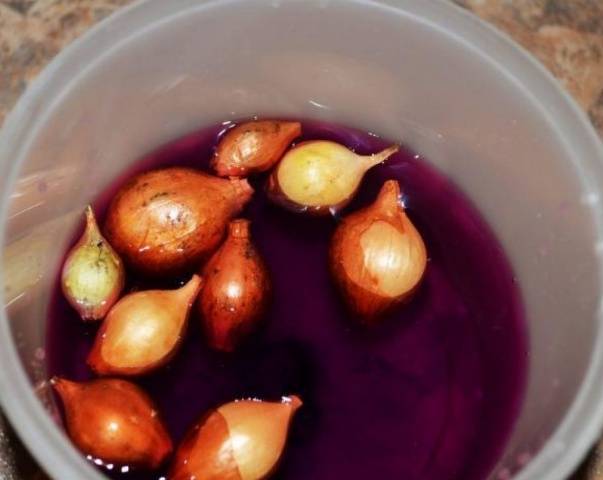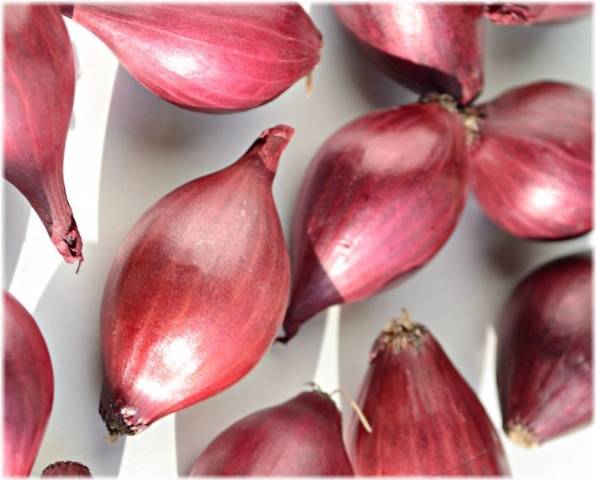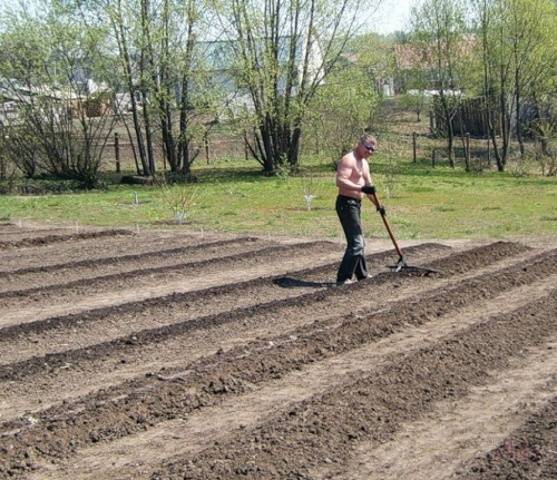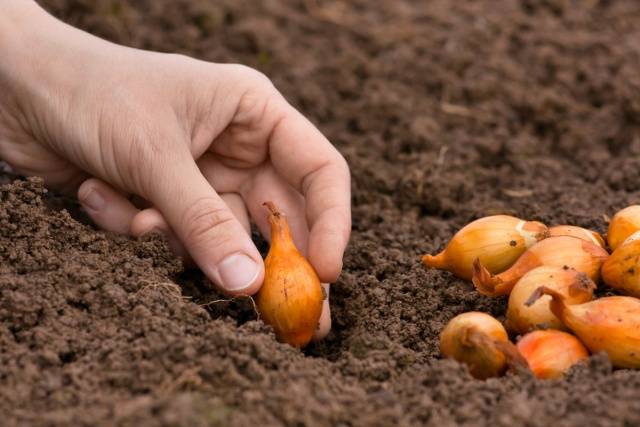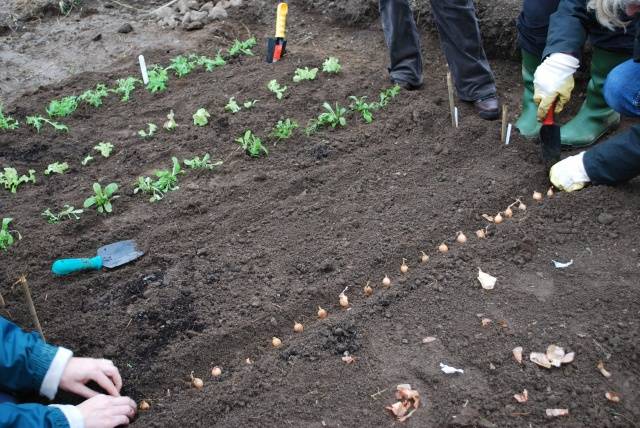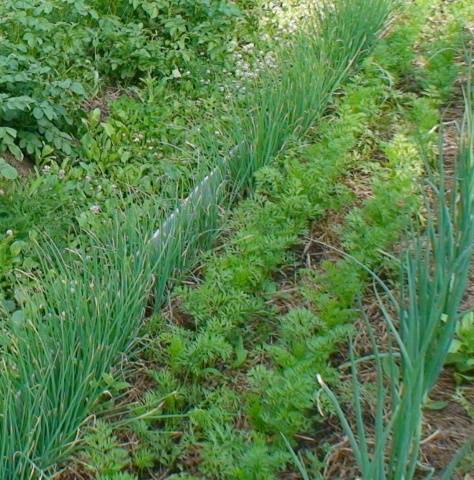Content
It is difficult to imagine any Russian dacha without several beds of onions. This vegetable has long been included in most national dishes, and today onions are one of the most important ingredients in the menu of a common man in the street. Growing onions is not at all difficult: for this you do not have to suffer with seedlings, hardening, diving and other manipulations with plants. All a gardener needs to do is plant a seed and monitor the moisture content of the soil.
What is the difference growing onions on the head, how to properly plant onions in order to get a good harvest - this will be an article about this.
When to plant onions on the head
Plant onions on the head in the spring. To better understand the agricultural technology of this process, you need to know at least a little about the culture itself and its features.
So, onions are biennial plants. The sowing material of this culture is small black seeds - nigella. They ripen in onion inflorescences - in arrows.
In the first year, it is necessary to sow nigella. This can be done both in spring and in autumn - a lot here depends on the climate in the region and winter frosts. It is impossible to grow a full-fledged bulb from nigella in one season, small turnip sets grow from seeds, with a diameter of about 1-2 cm.
It is these sets that need to be planted next spring - large heads will already grow out of them, suitable for eating and winter storage.
The main rule in determining the date of planting seedlings is a consistently warm air temperature. Until the ground in the region warms up to at least 12 degrees, planting onions per head is not produced.
Such a strict limitation is not due to the fact that the heads are too afraid of cold and frost - the culture is quite capable of surviving a cold snap. But at low temperatures and a lack of heat, the green mass develops abundantly, while the lower part - the turnip, on the contrary, grows poorly. As a result, long hollow feathers grow from the greens - arrows, in which onion seeds ripen and which weaken its head, make the bulb unsuitable for eating.
The choice of planting material
Heads for planting onions can either be bought at agricultural stores, or grown independently from seeds - nigella. Growing on your own is certainly more profitable, but in colder areas, seeds can easily freeze in the ground. The owner of the dacha will have to cover them with foil, monitor the temperature and humidity - the result is not worth such work, the price of onion sets is not so high.
The yield of onions largely depends on which variety was chosen for cultivation. The fact is that the onion culture is divided into many varieties, they can be zoned, intended for open ground or protected plantings, and differ in purpose: for growing on a feather or on a head.
Therefore, in order to harvest a good harvest of large heads, it is necessary to choose the right variety of onions. It is better to buy planting material from trusted manufacturers.
In addition, they do not tolerate long-term storage well - the seed can be dry and empty.
For growing per head, you need to choose a medium-sized set, the diameter of the bulbs should be from 1 to 2 cm. The largest and strongest bulbs, suitable for long-term storage, will grow from such material.
Planting onions in the spring on the head
When the onion variety is selected and the planting material is found, you can proceed directly to planting the bulbs in the ground. For convenience, this process is best broken down into several stages.
They begin to take out onion sets from storage in early April, when the sun already warms the earth well.
Advice! It is necessary to store the heads for planting at an air temperature of about 18-20 degrees and a normal level of humidity.
Sorting seed for head planting
First of all, the planting material must be sorted. For this the bulbs are distributed by size:
- heads up to 1 cm in diameter are suitable only for growing greens;
- bulbs larger than two centimeters are also unsuitable for good heads - their feathers will certainly go to arrows. These bulbs are good for growing seeds for the next harvest;
- but onions ranging in size from 1 to 2 cm are most suitable for growing per head, and they need to be selected in a separate container.
Now even these, suitable for the size of the head, it is necessary to carefully examine and discard damaged, empty, rotten turnips - they are unsuitable for growing.
Head processing before planting
Before planting onions in the soil, it must be properly prepared. Planting material processing consists mainly of heating the bulbs. This must be done in order to protect the plants from the appearance of arrows - if the bulbs are not heated, the arrows will appear with one hundred percent probability.
The onion is heated in one of these ways:
- They bring the heads into the house two to three weeks before the expected date of disembarkation on the beds. The set is laid out in one layer in a dry and warm place, where the temperature is constantly maintained at 20-25 degrees. The best place to do this would be tops of cabinets or high shelves.
- You can reduce heating by increasing the air temperature. Two or three of it is enough if the onion is placed in a place where the temperature does not drop below 35 degrees. This can be a heating boiler, radiators or heaters. The main thing is not to overheat the bulbs, otherwise they will rot and will not be able to sprout.
- The express method consists in even more intensive heating. For its implementation, the onion is placed in water, the temperature of which is 50 degrees. The bulbs are kept here for a quarter of an hour. Then they must be cooled by placing them in cold water for 15 minutes. This procedure will additionally harden the bow and make it stronger.
They choose a heating method depending on how much time the summer resident has. If the onion sets were bought right on the eve of the upcoming planting, it remains to use only the express method.
Further preparation of the onion is to decontaminate it.... You can also choose one of the common methods:
- soak the heads in a solution of table salt - a spoonful of salt per liter of water;
- dip the bulbs in a strong solution of potassium permanganate (the composition should be dark cherry in color);
- use copper sulfate instead of manganese.
In any of the listed solutions, the bulbs are soaked for no longer than half an hour. And after processing with potassium permanganate and vitriol, the onions must be rinsed with running water so as not to burn the sprouts.
The next stage of preparation is feeding the onion. To do this, the heads can be placed for 10-15 minutes in a solution of complex fertilizer purchased in a specialized store. Do not get too carried away with fertilizers - onions do not need abundant feed.
After all the procedures, the onion heads are dried - the material is ready for planting!
At what distance to plant onions, and how to do it correctly
It is necessary to prepare the site for planting onions in the fall. For these purposes, they choose a place on the sunny side of the garden, it is better if it is a hill or a flat area - you should not plant onions in the lowlands.
In autumn, the ground in the selected area must be dug to the depth of the shovel bayonet. Ideally, if you manage to add humus or compost to the soil. You should not use fresh organic matter - from an excess of nitrogen, the onion will only go to greens, which in this case is bad, because the gardener needs large turnips.
The soil dug up together with fertilizer is left until spring. In the spring, a couple of weeks before planting, the earth is dug up again and left to clump and compact.
Onions are planted following simple rules:
- It is better to make the beds high.
- The grooves for the bulbs should not be very deep - 4-5 cm is enough.
- The distance between the rows of onions is maintained within 25-35 cm.
- The spacing between the heads should correspond to the size of the set itself - basically 5-8 cm is enough. With thicker plantings, you will have to thin out the onion, otherwise the heads will grow small.
- The onions are pressed a little into the groove with your fingers so that they go only 1 cm deep into the ground. Deep planting will make it difficult for feathers to germinate and slow down the vegetation of the onion.
- There is no need to water the beds after planting - the heads have enough moisture from the spring soil.
The onion planting is over.
13
How to care for growing onions
Caring for onion beds is very simple:
- water as the soil dries up, no more than once a week;
- stop watering at the stage of growth of the heads, otherwise they will be watery and rot;
- before harvesting, watering is stopped three weeks before;
- there is no need to fertilize onions, especially if compost or humus has been introduced into the soil in the fall;
- it is better to treat feathers from pests and fungus with folk remedies, such as nettle infusion or wood ash;
- planting alternating with rows of carrots will protect the garden from the onion midge;
- dangerous for culture weeds, they stop the growth of the heads - it is recommended to mulch the beds with humus;
- you need to harvest when the onion feathers fall;
- Before storing, the bulbs must be thoroughly dried in the sun.
The harvest that I have grown with my own hands turns out to be surprisingly tasty! It's worth it to put in quite a bit of effort and grow onions in your country house, rather than buying a vegetable from the supermarket.
